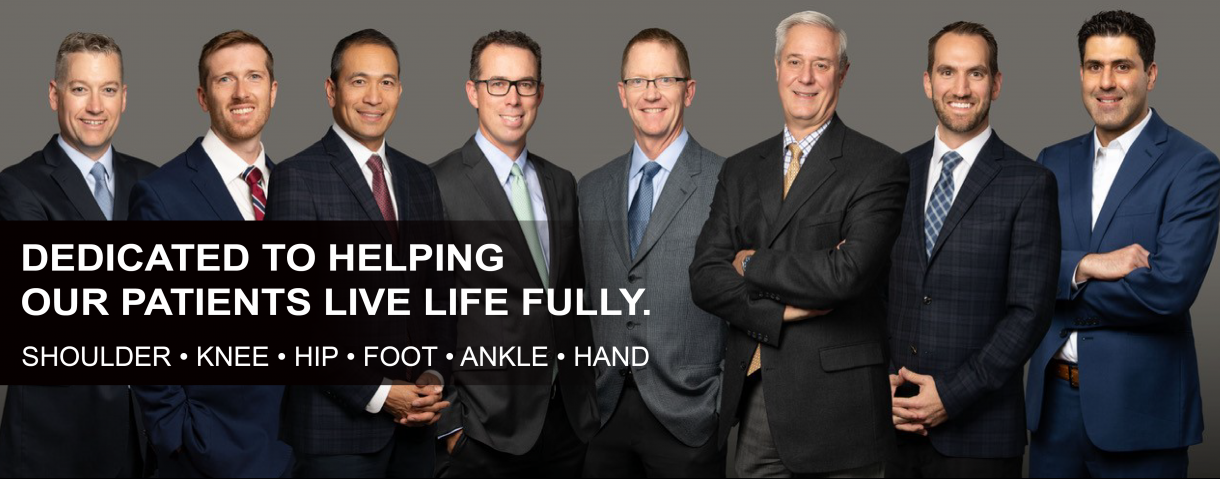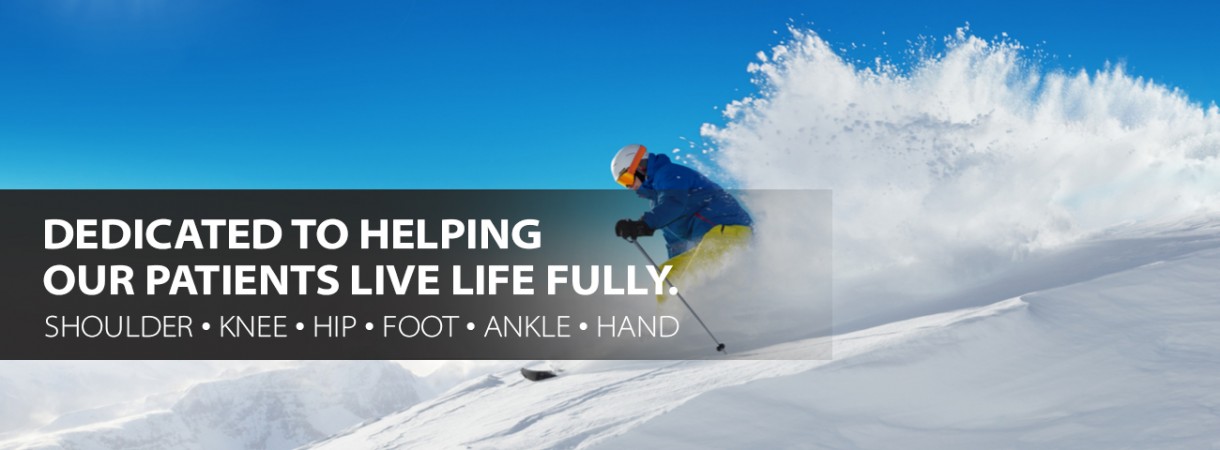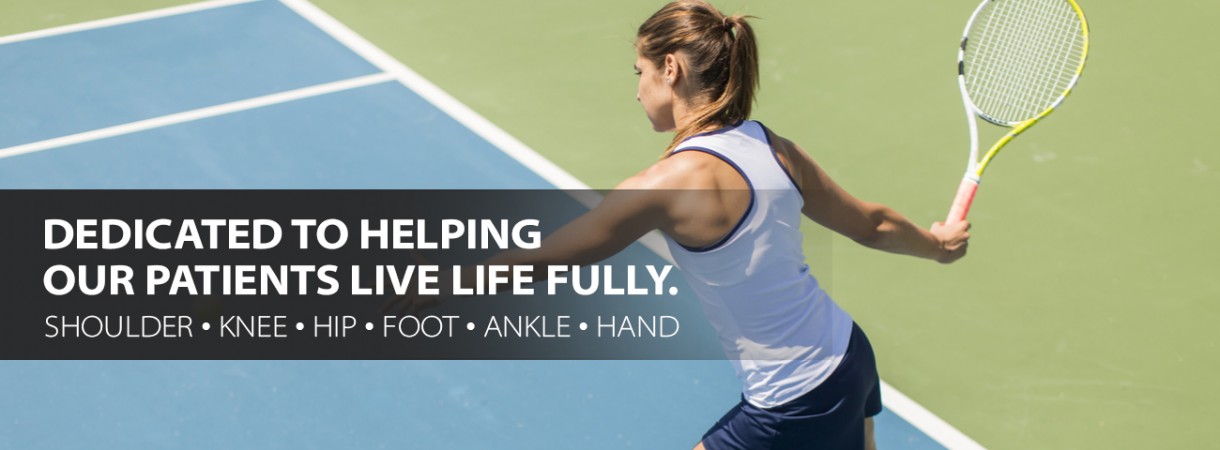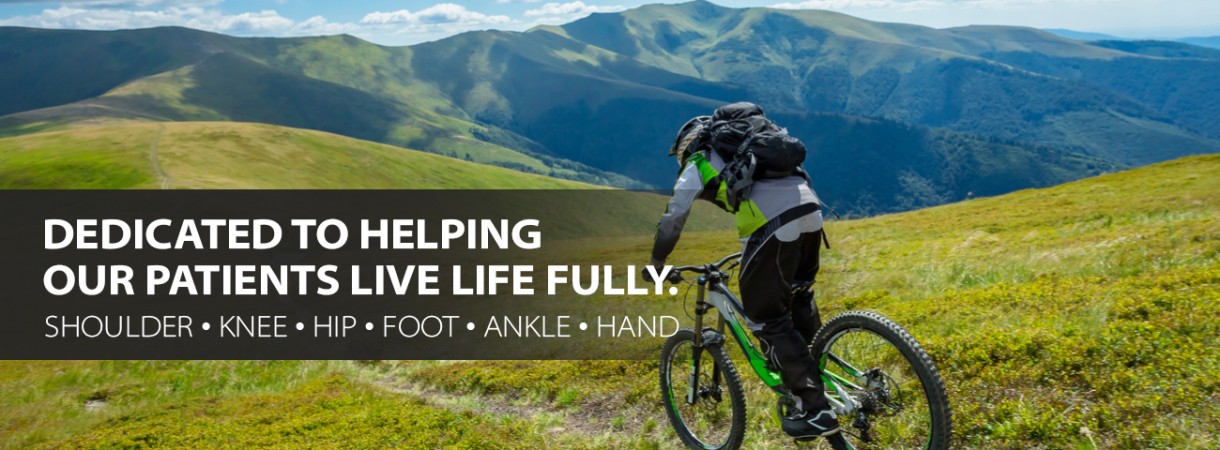While there is much to love about the winter weather, including the fresh white snow, crisp, cool air, and the holiday season, the wet weather conditions can increase your risk of sustaining orthopedic injuries. If you plan to go outside in the snow, sleet, or rain, you have a greater risk of slipping, falling, and ultimately sustaining an injury that can leave you in excruciating pain. Check out this list of some of the most common orthopedic injuries that occur in winter and what you can do to avoid them!
Ankle Fractures
A fractured ankle is one of the most common orthopedic injuries to occur in winter because of the additional risk of falling. While the snow is beautiful and exciting to have around during the holiday season, it also creates some of the most slippery and hazardous conditions, which puts you at risk of getting hurt. If you were to slip and fall, you might twist or fracture your ankle, which can result in severe pain. It can take time for your ankle to heal after a fracture, making it difficult to walk, run, or resume your usual activities.
Hip Fractures
Like ankle fractures, hip fractures can also occur when falling to the ground. If you slip and fall because of rain, snow, or sleet, there is a chance that you will fracture both your ankle and hip, causing tremendous pain and impacting your mobility for an extended period. While falling is one way to fracture your hip, it can also happen when shoveling the snow if you put too much strain on your body by overdoing it. The wrong movements can have an impact on your bones and joints, especially during the cooler winter months.
Torn Meniscus
A torn meniscus negatively impacts the knee, making it difficult to walk or bend. Unfortunately, this is another common injury that occurs more often during the colder winter months when people have to spend time shoveling heavy snow to remove it from outside of their properties. It’s common for a torn meniscus to develop from excess bending, lifting, and squatting, which is why it’s crucial to start taking preventive measures whenever you need to shovel or complete repetitive and, at times, grueling tasks.
Helpful Tips for Preventing Orthopedic Injuries in Winter
Now that you know of some of the most common orthopedic injuries that people experience in winter, these are some of the precautionary measures you can take to keep your bones and joints in excellent condition while preventing pain and discomfort:
- Don’t overdo it with the shoveling. Instead of straining your body, enlist the help of others or take turns with loved ones, so you’re not stuck doing all the work.
- Wear protective footwear. If you know you will be out in the rain and snow, wear comfortable and protective non-slip shoes with a better grip.
- Keep an eye out for black ice. One of the reasons people slip so much in the winter is due to black ice. Keep an eye out for it because it’s slippery and can cause you to fall and get hurt, sustaining one or more of the injuries mentioned.
Although ankle fractures, hip fractures, and torn meniscus injuries can occur more frequently during the cold, blistery winter, that doesn’t mean you can’t enjoy yourself. Instead, be cautious, take your time, and avoid pushing your body to its limits.







Leave a Reply